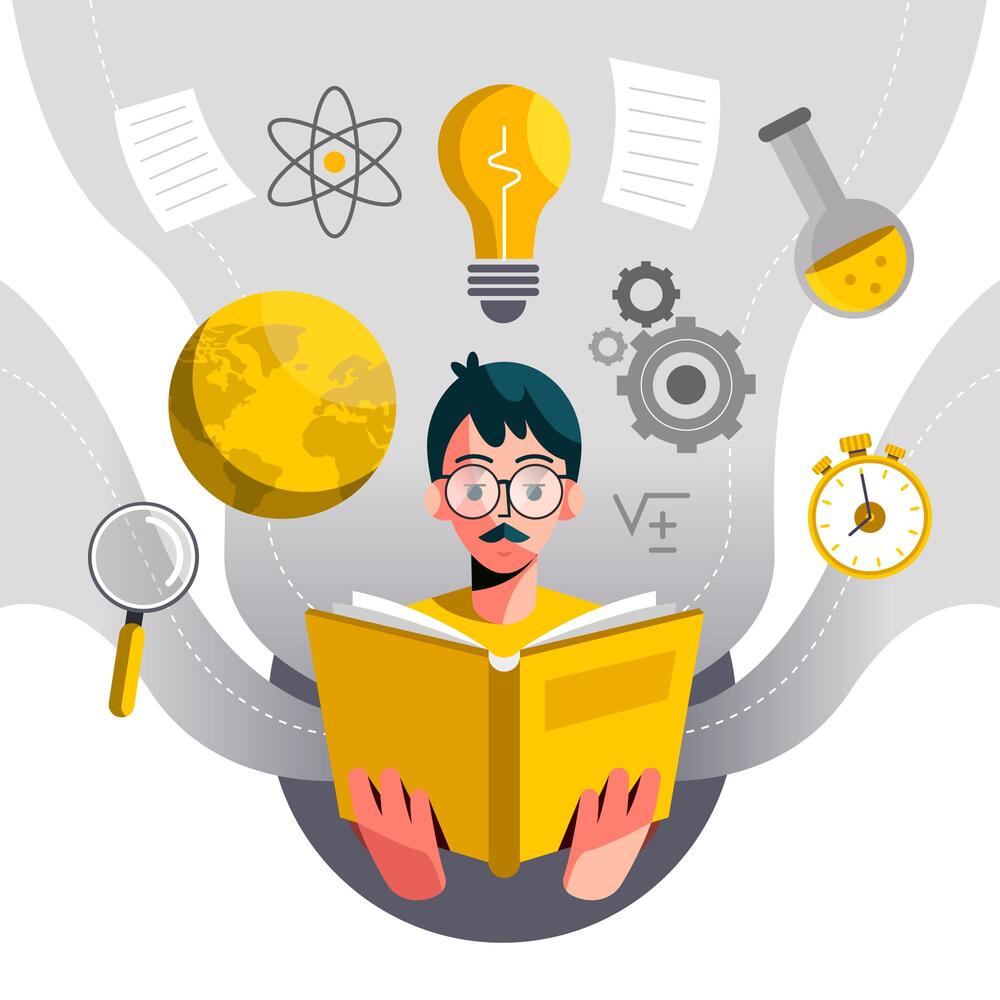8 best practices for user manual translation
User manuals serve as the bridge between the user and the product, explaining how it works, how to set it up, and how to keep it in good condition. They are paramount across various industries, such as engineering and manufacturing, for ensuring products are used effectively, efficiently, and safely.
That is why creating a well-structured and informative user manual is an investment in the product’s usability, user satisfaction, and brand reputation. But the story doesn’t end with the creation of these user manuals.
In a global marketplace, making products accessible to a broader audience is a must. This is where user manual translation comes into play. Translating user manuals into the native languages of potential buyers is not only a smart marketing move but, in some cases, a legal requirement.
This blog post will look into the best practices for user manual translation, exploring the challenges and solutions involved in this specialised field. We will share invaluable insights on ensuring your product effectively reaches a wider global audience.
1) Leverage translation technology
Leveraging translation technology can significantly streamline and enhance the translation process. Select the appropriate translation tools for your needs. These can include machine translation systems and Computer-Assisted Translation (CAT) tools.
Machine translation can help you translate large volumes of content quickly and cost-effectively, although machine translation post-editing by a human translator is always recommended to improve the quality of a text translated using a machine translation engine.
On the other hand, CAT tools are a must to translate user manuals. They enhance consistency in terminology, style, and formatting throughout the translation, ensuring the translated content aligns with the organisation’s preferences and brand standards.
CAT tools also have useful features, including a translation memory (TM) that allows you to reuse translations for the same or similar content for future user manual updates (more below).

2) Make your visual elements translation ready
When translating user manuals, you do not only have to consider space constraints associated with text expansion, but also preserve fonts, styles, images, tables, and diagrams to maintain the visual consistency of the manual.
Translation companies have teams specialising in Desktop Publishing (DTP) to ensure that the translated material looks good and preserves the original document’s layout. However, you can make informed design choices to “make your visual elements translation ready”.
For example, you can choose a font suitable for your target languages, including those with accented characters. Or you can use captions or display the text as an overlay instead of embedding text in images to keep your graphics translation-friendly.
Do you have questions about how to prepare your user manual for translation? Contact our team of DTP experts to assist you with the process.
3) Use standard file formats
Translation agencies work with editable formats like DOC, PPT, Excel or InDesign, and non-editable formats like PDF, JPG, and PNG. However, providing translators or translation agencies with editable files will reduce the time needed to prepare your materials for translation and, therefore, reduce costs.
For example, instead of sending complex materials like CAD technical drawings to your translation partner, try importing CAD files into InDesign to allow translators to do their job more efficiently.
4) Work with subject matter experts
User guides and manuals are often packed with technical terms specific to their industry that require specialised knowledge. And if you are an international manufacturer, you know that making mistakes when translating this terminology is not an option.
Work with subject-matter experts to ensure your translations are error-free. Specialised translators profoundly understand translation and their specific industries, whether medical, automotive or any other technical domain.

At Ampere Translations, our commitment to delivering the highest quality translations is underpinned by a rigorous selection process for our technical translators. All our translation experts have an advanced degree in the subject matter or an advanced degree in translation and extensive work experience within the relevant field.
Paola Manca – Founder & Senior Consultant at Ampere Translations
5) Partner with a specialised translation company
When selecting a translation partner for your manuals, ensuring they align well with your company’s values, requirements, and expectations is crucial. This alignment maintains the high calibre standards you have set for yourself.
One of the primary aspects to consider is the depth and breadth of their translator pool.
Find out if they have access to a large pool of qualified translators skilled in the language combination(s) and/or field(s) you need to be translated.
In addition to translation capabilities, consider the range of services they provide. A holistic service would include effective project management to ensure timely and organised delivery, Desktop Publishing (DTP) to maintain the visual integrity of your manuals across different languages, and a robust Quality Assurance process.
6) Define your target audience
Defining your target audience before translating content is essential for ensuring your message is well-received, culturally appropriate, and highly effective in achieving your communication and/or marketing goals.
For example, if the recipient of your manual or user guide is another company, the language used should be technical and precise, tailored to experts in the field. On the other hand, when translating a manual for a layman, the language should be simplified and easily understandable, avoiding jargon and technical terms.
Similarly, when translating content into a language with various regional variations, a reputable language service provider will proactively inquire about the target country. For instance, in the case of Spanish, the language spoken in Spain varies from that in Mexico or the Spanish used by Hispanics in the USA.

7) Maintain consistency and plan for updates
Consistent terminology will help your readers understand the information, while inconsistent language can be extremely confusing.
Imagine the scenario where your device’s “settings” are referred to as “settings” at times and “configuration” at other times—readers may become confused, unsure if “settings” and “configuration” refer to the same thing.
It is also vital that any future updates of your manuals are translated consistently. Creating a termbase and a translation memory can be a good solution to ensure any translator working on future updates uses terminology consistently.
You can also save money using a translation memory because it is possible only to translate the updated text and reuse the existing translation. If you have a 200-page manual, you definitely do not need to pay for the translation of the whole document every time you update a section.
8) Review and quality assurance
Always ensure your translation provider implements a control to review and check the quality of your translations that is adjusted to your unique specifications and requirements.
For example, you can request cross-product consistency (to ensure the text is consistent with occurrences in other products), matching the target language page numbering or maintaining image position and alignment.
The role of user manuals in a global marketplace
Translating a user manual is a critical step in reaching a global audience and ensuring the effectiveness and safety of your products. By following these best practices, your customers (whether engineers or general users) can use your products confidently.
Remember that user manuals are more than just instructional documents; they are a crucial part of the user experience and play a significant role in the success of your products in the global marketplace.
Do you need help with the translation of a user manual? Get in touch today to discuss your needs.
